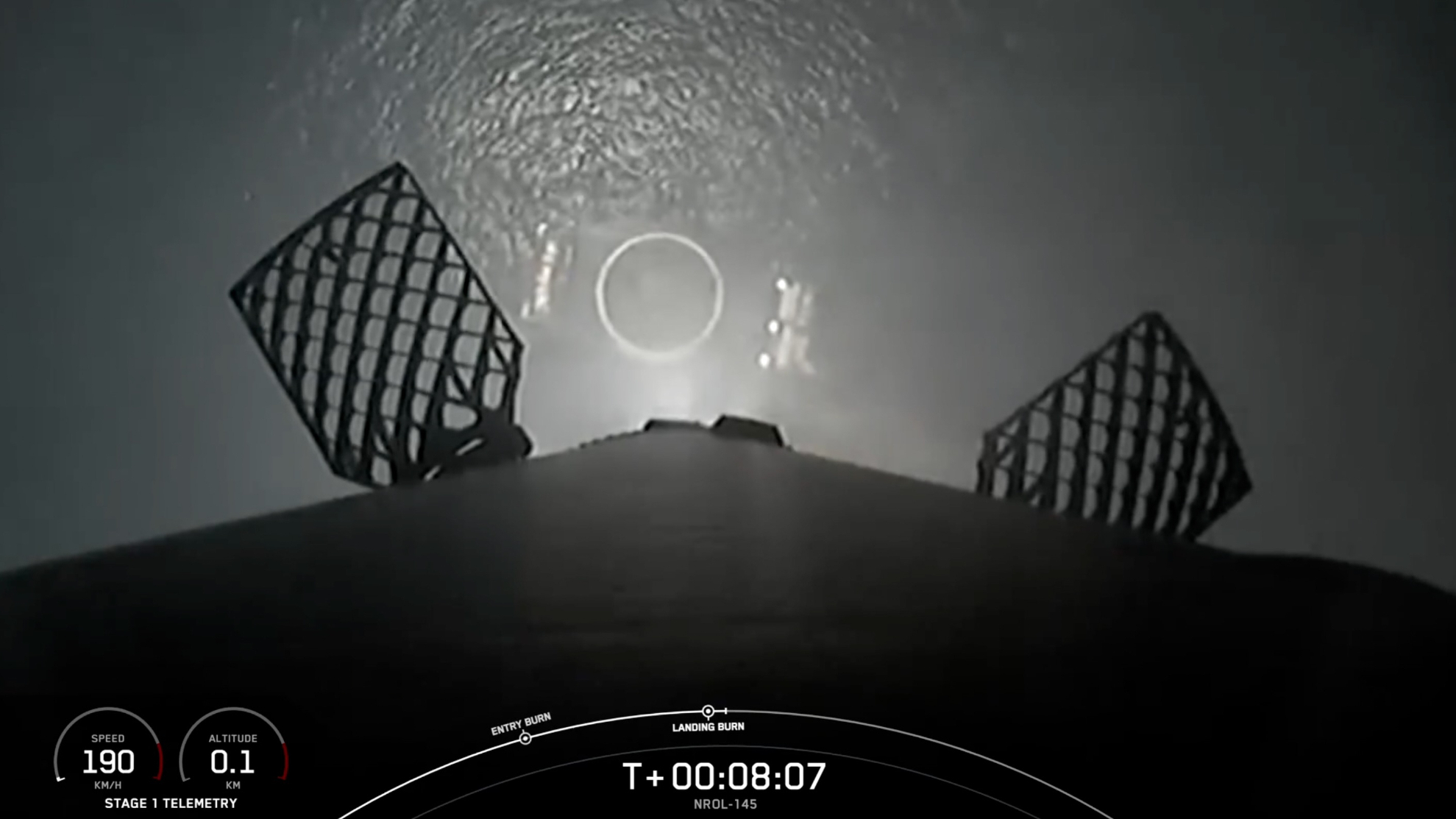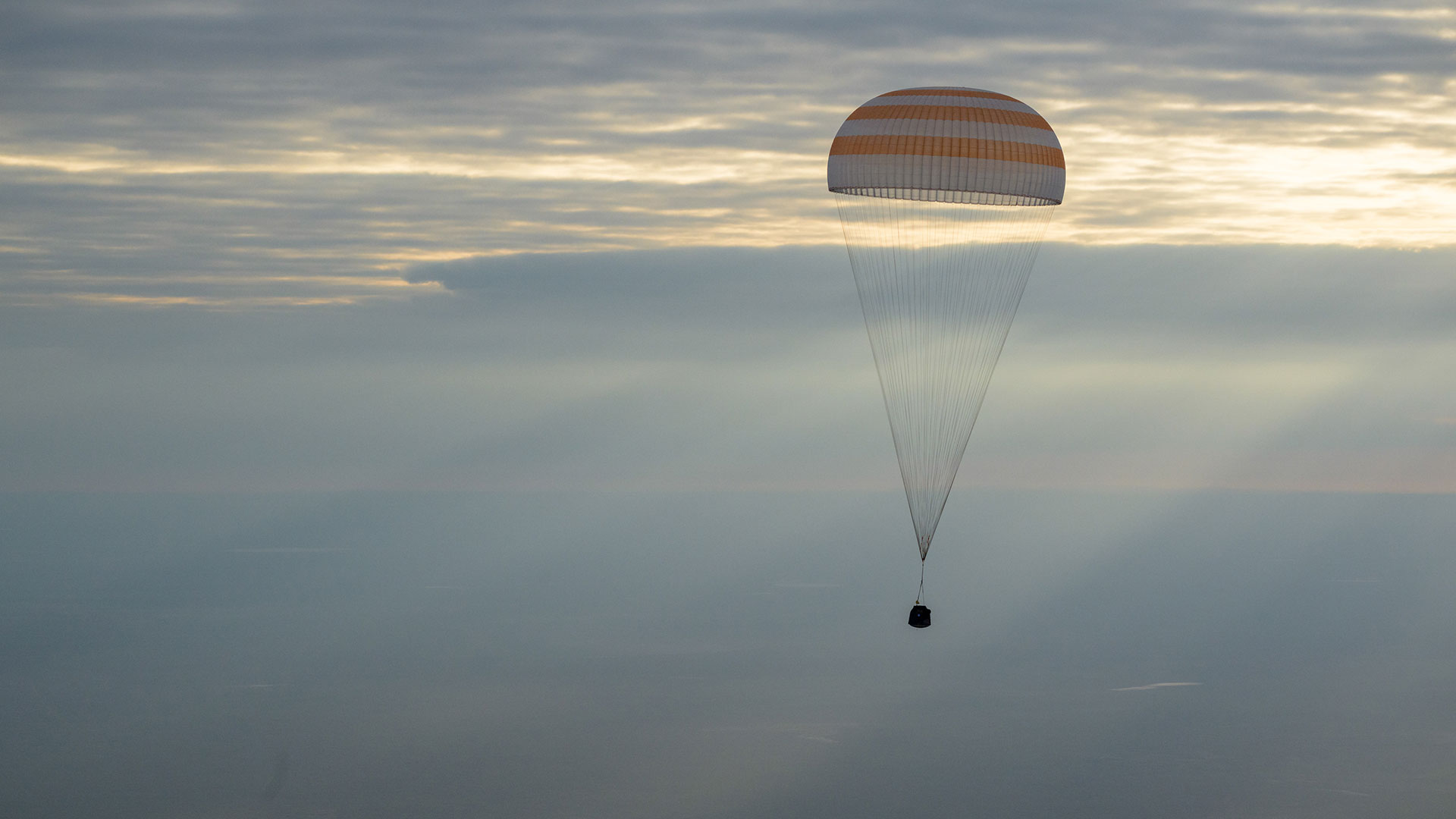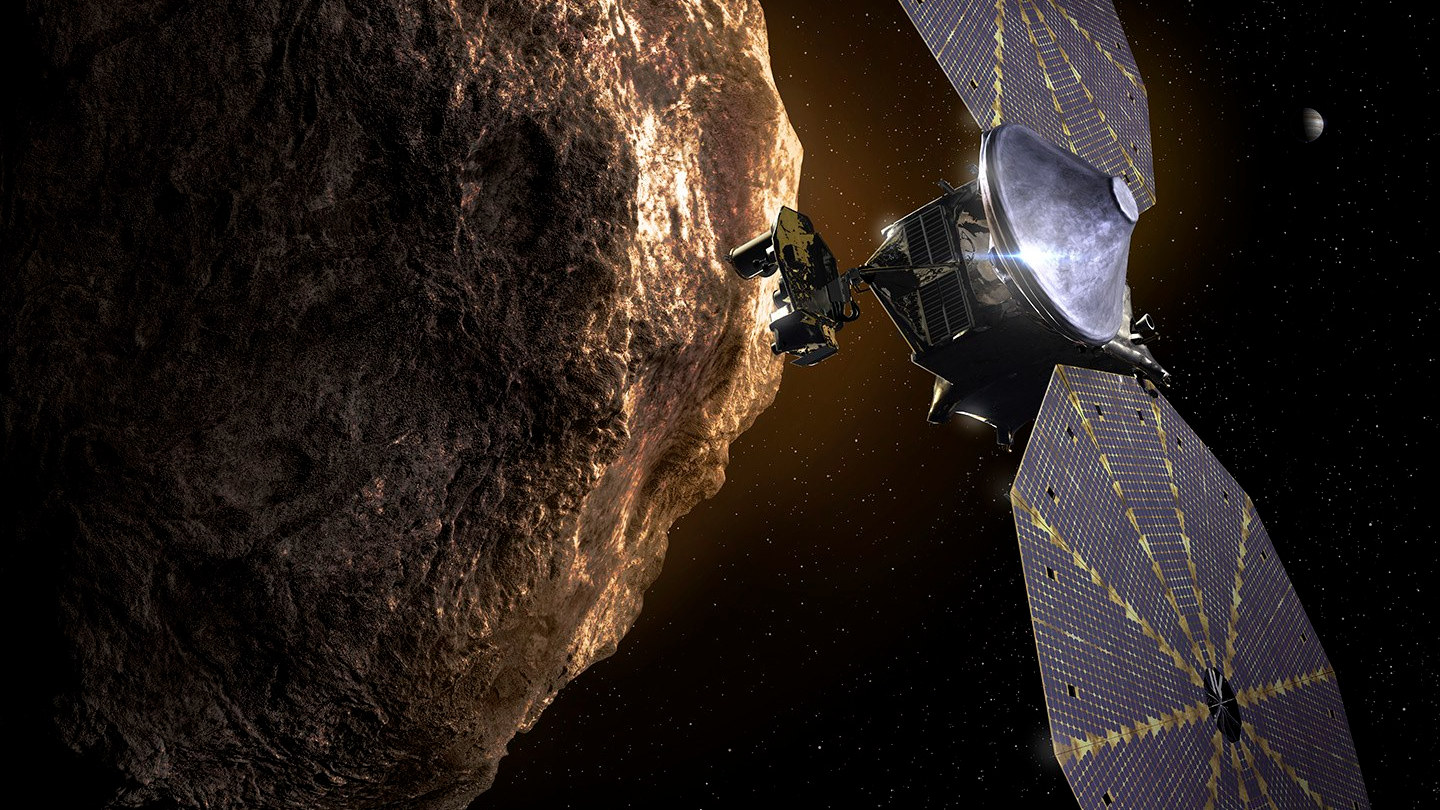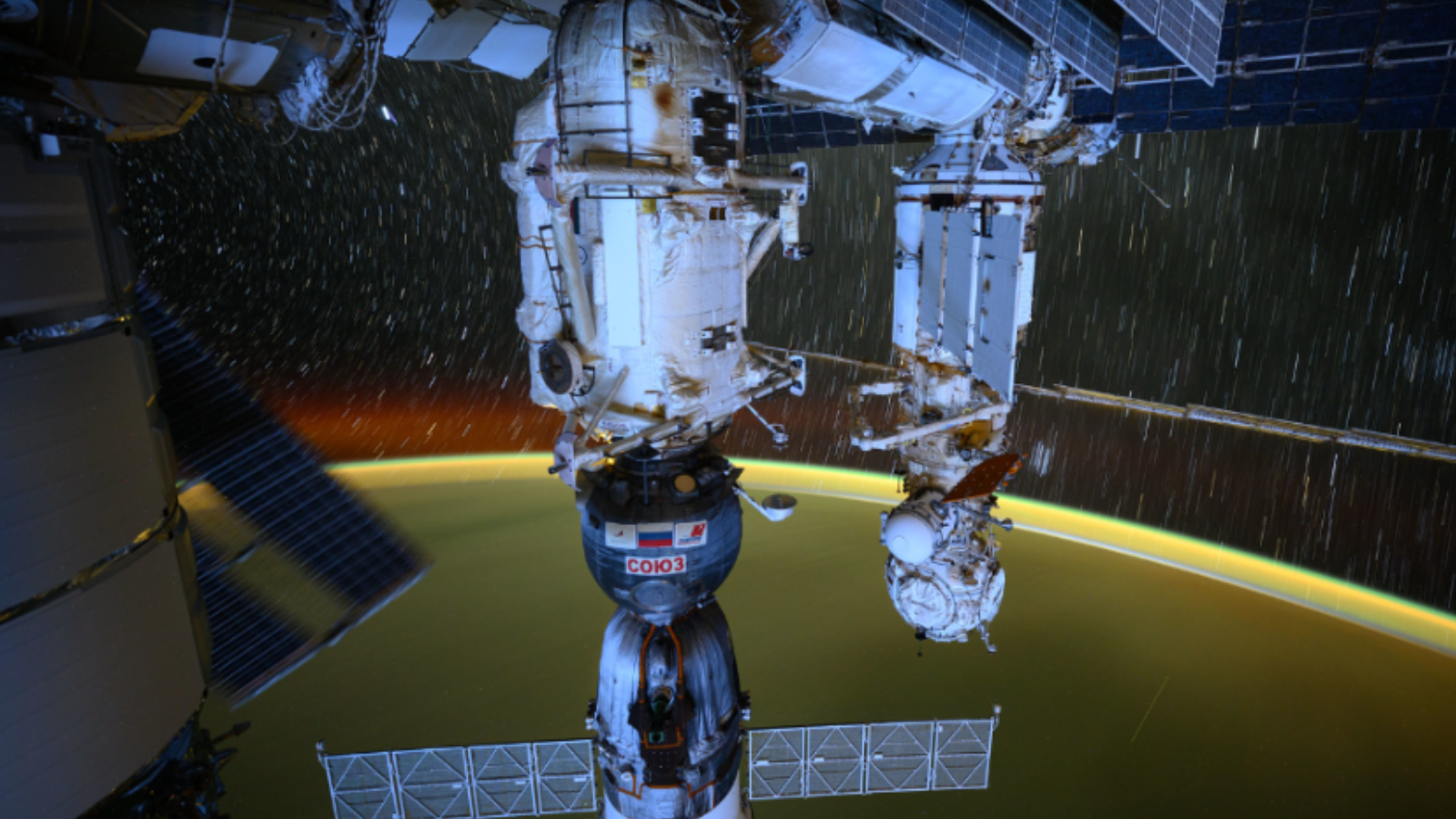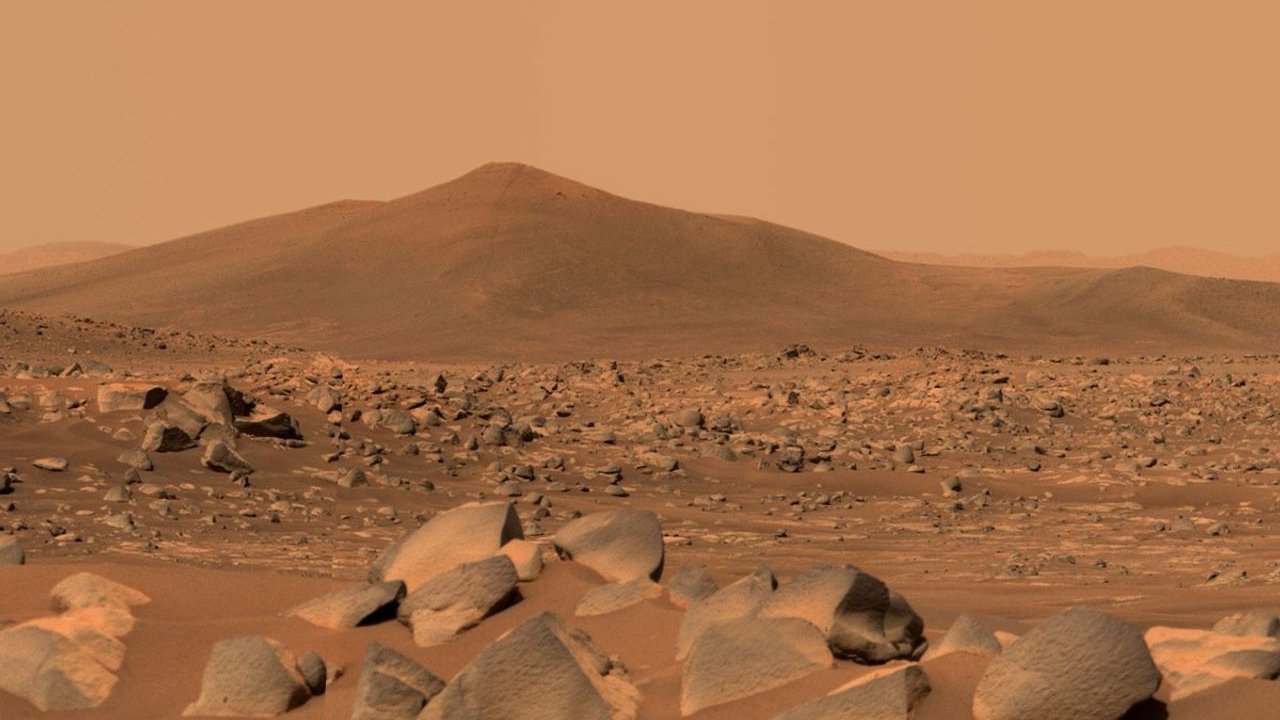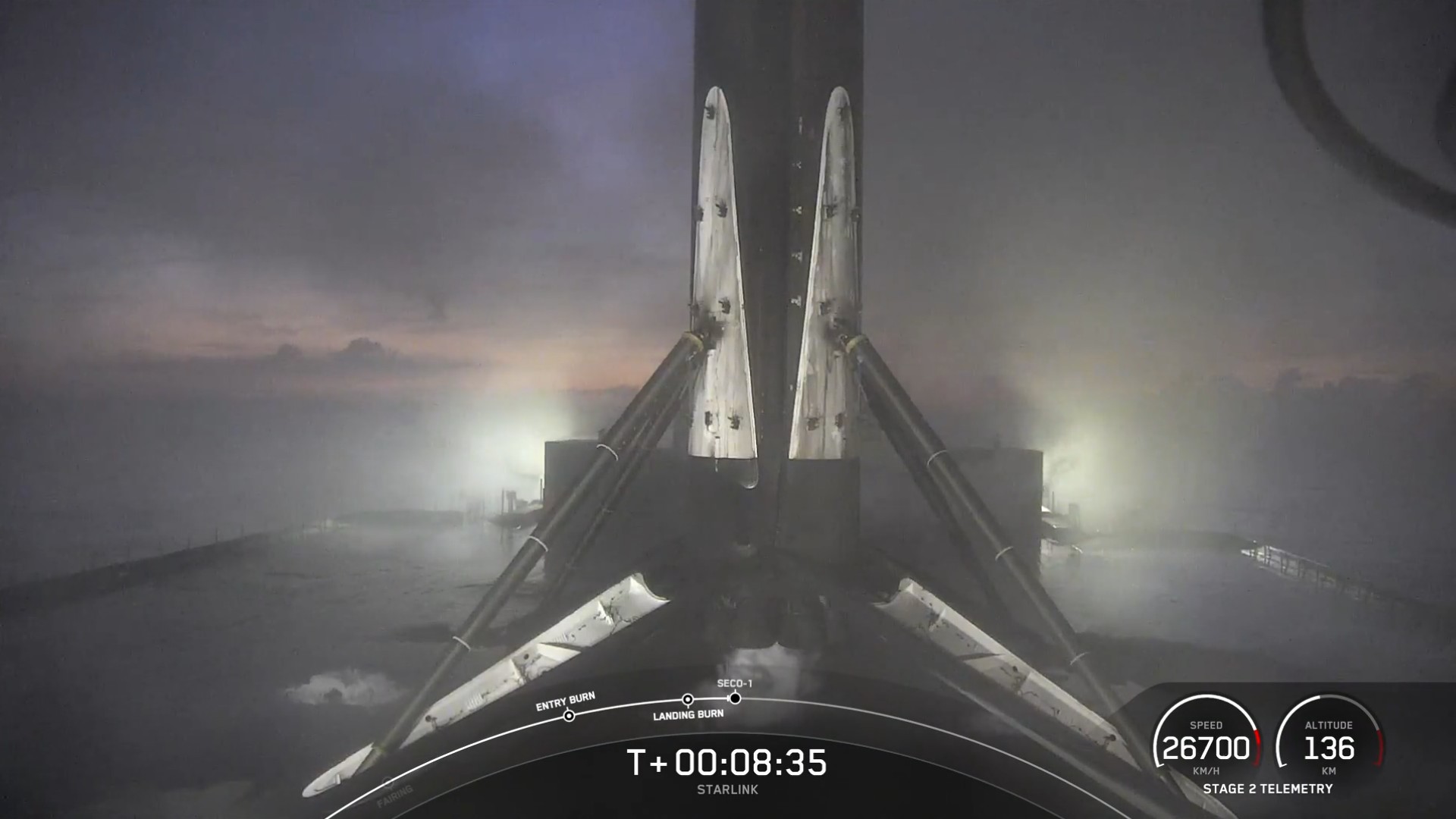SpaceX's private Fram2 launch over Earth's poles will send astronauts where no one has gone before
Why Fram2's polar orbit will be a first for human spaceflight.

SpaceX's Fram2 astronaut mission is all set to lift off toward a polar orbit, marking a dramatic departure from every crewed spaceflight that has come before. But why has this never been done before?
The privately funded Fram2 mission — named for the Norwegian seafaring ship Fram ("Forward" in Norwegian), which explored the Arctic and Antarctic in the late 19th and early 20th centuries — will launch on a Falcon 9 rocket and use SpaceX's Crew Dragon capsule Resilience to carry four astronauts into a polar orbit for the first time. Launch is targeted for no earlier than March 31, flying at an altitude of between 249 and 264 miles (425 to 450 kilometers).
This pioneering orbital choice will offer new scientific opportunities — studying atmospheric phenomena like STEVE (a cousin of auroras), and even an experiment to grow mushrooms in microgravity — and breathtaking views. But it also introduces a unique set of technical, safety and logistical challenges that space agencies have long avoided.
Most of the world's human spaceflight missions head to the International Space Station (ISS) or China's Tiangong space station, which orbit with inclinations of 51.6 degrees and 41.5 degrees, respectively. This means the highest latitudes astronauts typically pass over are a little farther north than Vancouver, Canada, and just south of New Zealand's Auckland Islands. The highest-inclination crewed flight so far was the Soviet Vostok 6 mission, at 65 degrees, in 1963.
Related: Meet the astronauts of SpaceX's Fram2 mission, the 1st to fly over Earth's poles
In contrast, the Fram2 mission's 90-degree inclination means it will pass directly over both the North and South Poles. This path provides comprehensive coverage of Earth's surface, enabling observations of regions and phenomena not accessible to other missions.
There are good reasons why no crewed mission has attempted a polar orbit until now. These include launch dynamics, such as requiring more energy (and therefore more fuel) to reach high-inclination orbits, and flight paths, which need to be calculated carefully to limit risks to populated areas. In addition, rescue and recovery planning is significantly more complex, with the possibility of needing to mount a time-critical rescue in remote polar zones.
Get the Space.com Newsletter
Breaking space news, the latest updates on rocket launches, skywatching events and more!
Fram2 will launch southbound from Florida's Space Coast. Usually, crewed flights head east, out over the Atlantic Ocean. Missions on this trajectory take a safe flight path over the water and also get a boost from the rotational speed of Earth, which saves fuel. Last month, SpaceX landed a Falcon 9 first stage off the coast of the Bahamas for the first time, opening up new trajectories for recovering first stages, including for the Fram2 mission.
Once in space, radiation exposure, always a concern in human spaceflight, will be elevated for the Fram2 crew. Earth's magnetic field offers less protection for astronauts from harmful sources of radiation at the poles, while there are also communications challenges, as ground stations are optimized for the mid-latitudes.
A 1988 NASA study found that space shuttle flights to higher latitudes were subjected to higher rates of radiation than mid-latitude missions, with more exposure to galactic cosmic radiation and radiation from the sun. Polar missions, it found, would be particularly hard-hit.
The good news, however, is that overall exposure will be limited by the fact that Fram2 is set to be a three-to-five-day mission. The flight also provides the opportunity for biomedical research into impacts of the increased radiation exposure on the human body.
For communications, SpaceX Starlink satellites will provide coverage for the mission, along with NASA's TDRSS system. SpaceX has also identified a variety of recovery location options as necessary for crew safety as part of required documentation for flight approval.
While Fram2 is to be the first, crewed polar orbit missions have been considered before, as far back as the 1950s and 1960s with the U.S. Dyna-Soar space plane and the Manned Orbiting Laboratory projects. Neither was realized for a number of reasons, including technical and political.
Fram2 is now set to make that pioneering step and send humans over the poles for the first time, inspired by the spirit of exploration from an earlier age.
Join our Space Forums to keep talking space on the latest missions, night sky and more! And if you have a news tip, correction or comment, let us know at: community@space.com.

Andrew is a freelance space journalist with a focus on reporting on China's rapidly growing space sector. He began writing for Space.com in 2019 and writes for SpaceNews, IEEE Spectrum, National Geographic, Sky & Telescope, New Scientist and others. Andrew first caught the space bug when, as a youngster, he saw Voyager images of other worlds in our solar system for the first time. Away from space, Andrew enjoys trail running in the forests of Finland. You can follow him on Twitter @AJ_FI.
You must confirm your public display name before commenting
Please logout and then login again, you will then be prompted to enter your display name.
